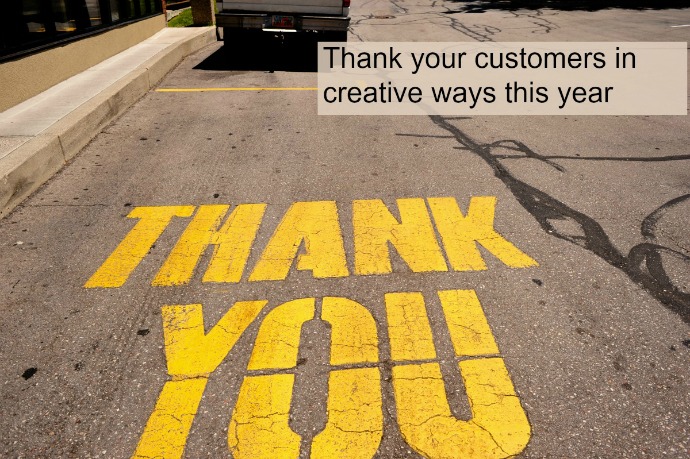What can the screenwriter of such TV and movie hits as West Wing, The Social Network and my new obsession The Newsroom teach you about defining your customer niche or target market? A heck of a lot.
Doesn’t matter whether you have a business, blog or book. It’s vital to define who will realistically consume what you have to offer. Specifically, who is your ideal customer, client or reader?
Here’s a simple and fun exercise to flesh out just the right buyers and ensure all your marketing efforts will attract the right people at the right time. You just need to channel your inner screenwriter (or Inner Sorkin)
When you intimately know and understand your audience, you can better connect with, talk to, and engage with them (Tweet!)
One of the biggest mistakes I see small business owners, aspiring authors – or even blog writers – make is that they boil the ocean. They claim their target market is “Women” or worse, “Everyone.” That creates too large of a target to which to connect and speak. If your target is that broad and wide, how will you know a good marketing investment or tactic when you see it? They will all look good but few may actually work.
As much as you want to believe that anyone and everyone would (or should) engage with you, I have news. They won’t.
It’s a better idea to focus on your IDEAL customers or clients. And that means creating Customer Profiles. Time to put on your creative hat and channel that inner screenwriter. Create a detailed character sketch of your ideal customer as if you were writing a script or casting a show. I recommend that small businesses or bloggers stick to no more than three profiles/segments. You just don’t have the time, money or resources to spread your marketing efforts too thin.
Build a character sketch of your ideal customer. Yes, think ideal, not average because you want to make this person real to you. What is her name, age, occupation, household income? Where does she live, what is her family life like? What does she like do to do for fun? Which websites does she visit, in what stores does she shop, where does she go out to eat (or does she cook at home?). Where does she get her news and info? What books does she read or movies does she see (does she read books and go to movies)? What is her favorite movie or TV show? What are her fears? What does she value? What keeps her up at night? What does she struggle with?
Like screenwriter, build a fully-formed character. Maybe 2 to 3 paragraphs long. Find a stock photo online to represent this person and hang it up by your desk. Every time you write content, or build a new offering, think about Jane or Steve or Charlotte and craft it for them.
Once you have this profile, you can pull out the buying drivers and that will help you craft your offerings and marketing to speak to what matters most to him or her.
You won’t be leaving people out, trust me. It doesn’t mean others outside this profile will not ever buy from you – if others land in the net, great. This is simply about where you will target your limited time and resources on outbound content and activities.
It’s not about who you’ll let into your Open House; it’s about who you are targeting with invitations! (Tweet!)
Just spend an hour on your ideal customer profiles, if that’s all you have. I guarantee it will save you time and money and make your marketing more compelling and effective!




